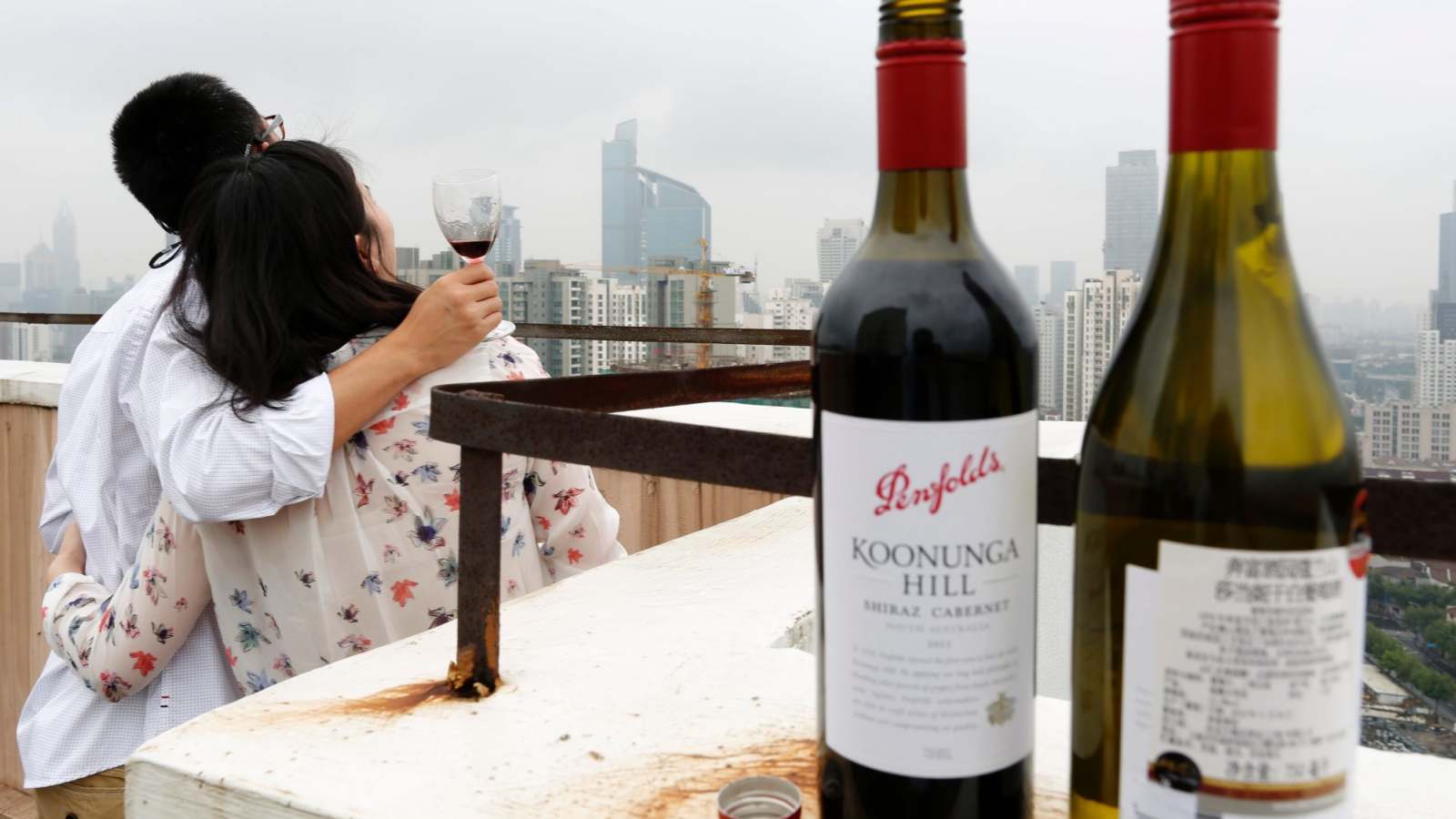Reality check on finding new export markets: China's demand dwarfs the rest
by James LaurencesonIt might be conventional wisdom that Australia needs to diversify its trade and reduce dependence on China. There is, however, no magic button that delivers it. No trade delegation to New Delhi or Jakarta is going to pick up a raft of contracts to enable us to cancel guaranteed sales to China.

Right now, for example, 40 per cent of Australia’s wine exports, worth $1.3 billion, head to China. And because of the 2015 China-Australia free trade agreement they get admitted with zero tariffs. Wine from France, by contrast, faces a tariff of 14 per cent in China; from the USA, tariffs and other taxes total more than 100 per cent.
Suppose you are a wine producer in the Hunter and you have just concluded a five-year contract for a Chinese supermarket chain to take 50 per cent of your output and offer your Shiraz across Shandong province (population 100 million). Do you cancel your contract because a circular from Canberra says government policy is to "diversify"? Do you give up relationship-building in the metropolises of Jinan and Qingdao to pursue wine sales in teetotal India or Indonesia?
The answer is obvious. And it’s backed by an iron law of economics: demand and supply. Even though Australia’s China hawks may fantasise otherwise, the demand comes from China.
The diversification argument is undercut by two official Australian government reports.
The 2017 Foreign Policy White Paper calculated where the increase in purchasing power for Australian exports would come from through to 2030. Its conclusion was stark. Page 26 reported that growth in demand from China would be greater than that from the US, Japan, India and Indonesia combined. China’s rapidly expanding middle-class market simply swamps that happening elsewhere.
Peter Varghese was engaged by the government to analyse India’s potential in more detail. He had been High Commissioner to India 2009 to 2012 and was Australia’s chief diplomat as head of the Department of Foreign Affairs and Trade 2012 to 2016. By 2035, he concluded, Australia might export $45 billion worth of products and services to India. That’s good news for an exporting power such as Australia but that $45 billion, 15 years off, should be seen in perspective. Only last year we exported more than $160 billion to China.
Yes, the International Monetary Fund expects COVID-19 will cause China’s growth to slump this year to just 1.2 per cent. But which major market would Australia be better off exposed to? Surely not the US, forecast to go backwards by 5.9 per cent, or the EU, set to contract by 7.5 per cent.
The figures in the Varghese report and the white paper don’t seem to have been absorbed by commentators who have been feeding China alarmism. Some have been absurdly off target.
On March 7, Peter Jennings, the executive director of the Australian Strategic Policy Institute, said a "stronger national security perspective" had to be brought to how we manage food supply chains. Really? A report by the Australian government’s Bureau of Agricultural and Resource Economics last month assessed that "Australia is one of the most food-secure nations in the world".
On April 19, former foreign minister Alexander Downer opined that Australia needed to wean itself off "our dependence on China for the supply of … pharmaceuticals". This seems a reasonable precautionary principle, except that there is no such dependency. Australian Bureau of Statistics figures show a mere 2 per cent of Australian medicine comes from China compared with 47 per cent from the European Union and 21 per cent from the US.
If China is using trade measures to send us a message then Canberra is right to push back. But there is a broader context here. China’s recent anti-dumping action on our barley is, in fact, the only time it has invoked anti-dumping provisions against Australia. We, by contrast, already have 18 anti-dumping measures in force against China.
And Australia and China continue to manage these disputes under the architecture of the World Trade Organisation. When Donald Trump boosts tariffs on American steel and aluminium imports and threatens tariffs on German cars so Mercedes Benz will no longer be visible on Fifth Avenue, he is running a protectionist agenda outside WTO rules.
In this spirit he was able to negotiate a deal with China’s President Xi in December last year, which committed the Chinese to buy more American agricultural exports. If the deal holds there is the grotesque prospect that Beijing will let in Californian wine, Colorado beef and Minnesota dairy products at the expense of the Australian product. Such as that shiraz from the Hunter, headed for Shandong supermarkets.
Last year, the US ambassador to Canberra, Arthur B. Culvahouse, was asked about this. He replied: "We will just have to keep our fingers crossed." This is not the iron-clad guarantee Australian exporters might have hoped or our embassy in Washington might have negotiated.
James Laurenceson is director of the Australia-China Relations Institute at the University of Technology Sydney.